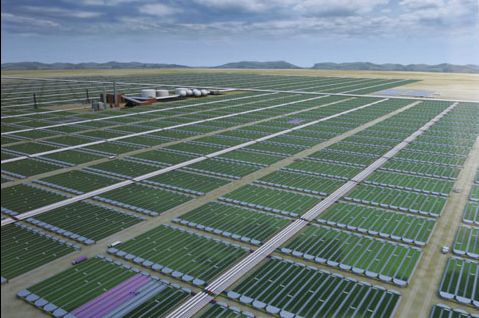Written in coalition with Thoughts on Global Warming, Environmental Graffiti, Thoughts on the World, and The International Relations Blog.
The Bali climate conference taking place right now is one of the most important climate conferences, if not the most important, since the conference at which the Kyoto Treaty was designed. This conference has a potential to achieve something, relative to other recent conventions.
Throughout late 2006 and early 2007, global warming was high on the public’s mind, especially in the U.S. Global warming was an easy target; it could be blamed for just about any weather related disaster. And after the hurricanes of 2005 and skyrocketing oil and gas prices, the public needed something to blame. Not only that, but Inconvenient Truth was bring the real science of global warming into the eyes of the public. Al Gore was riding high. Many Floridians, who hurricanes had hit the hardest, were probably regretting a vote or two from a couple of years back.
This climaxed in early 2007, when negotiators from developing and developed countries announced the current climate convention in Bali, Indonesia.
So what can we expect at this year’s climate conference: nothing, or worse. That is my prediction – and give me a chance to back it up.
What?!?!?!
After May of this year, things started to cool down a little bit. Although oil prices skyrocketed in September and haven't come down, and sea ice hit a record low in August, there have been some disappointments. Number one: hurricanes.
Just as a disclaimer, I don’t live in Florida or down south (though I have at one point). Hurricanes are just such a huge natural disaster it can’t help but be noticed when an abnormally large amount of super storms hit. And people noticed in 2005 and 2006. But then this year, an uncharacteristically high number of intense storms were predicted, but they never showed. That’s only case number one. I’m sure I could find other examples, like ski resorts doing very good business this year, but I think I get my message across.
Let me say something else: though this has weakened public resolve to fight global warming, that doesn’t mean every environmentalist caught the plague. Public support for a climate solution is still stronger than it was 10 or even 5 years ago. But relative to a year and a half ago, global warming has fallen to the edge of the radar. It’s still there, but not as obvious.
This leads me to another point: the economy. The economy in the U.S., and therefore China, the two largest emitters of greenhouse gases, is slowing down. Emissions cuts APPEAR to be hard enough to achieve in good times, but in bad economic times, there is less public (let alone political) support for emissions cuts. This is a much bigger issue than my first point, even if it is a shorter read – in other words, this is more important and don’t forget it!
This is evidence for my assertion that ‘nothing’ will be achieved at the climate conference, but you probably wonder what I mean when I say ‘or worse.’
Well, given the fact that the U.S. and China would like to get out of binding carbon caps for as long as they can, the governments could collaborate to produce a very weak climate framework. This framework would theoretically set unenforceable benchmarks for emissions. Once this framework would be in place, it would be unlikely to be replaced for several years. And during these several years, President Bush will be replaced, meaning that there is a possibility that the U.S. could soon have a totally different environmental policy during the lifespan of the framework. Not to attack the president over the top, but it would give him a legacy many would remember happily – until they see the effects of global warming really get going.




































 AIM (bSimmons666)
AIM (bSimmons666) del.icio.us
del.icio.us Digg
Digg MyBlogLog
MyBlogLog Netscape
Netscape StumbleUpon
StumbleUpon Technorati
Technorati








